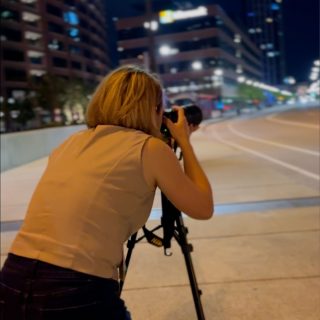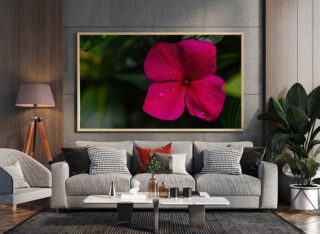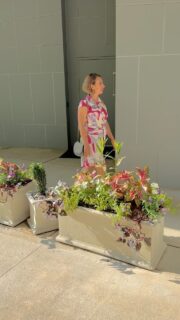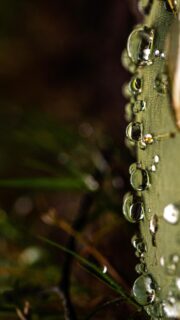Shutter speed in photography is one of the three crucial components determining how a photo is captured. Put simply, it’s the amount of time the camera’s shutter stays open, allowing light to come in and create the image. This shutter speed is managed by the camera’s shutter, which is like a curtain inside the camera. You can see where it is located in the camera on the picture below.
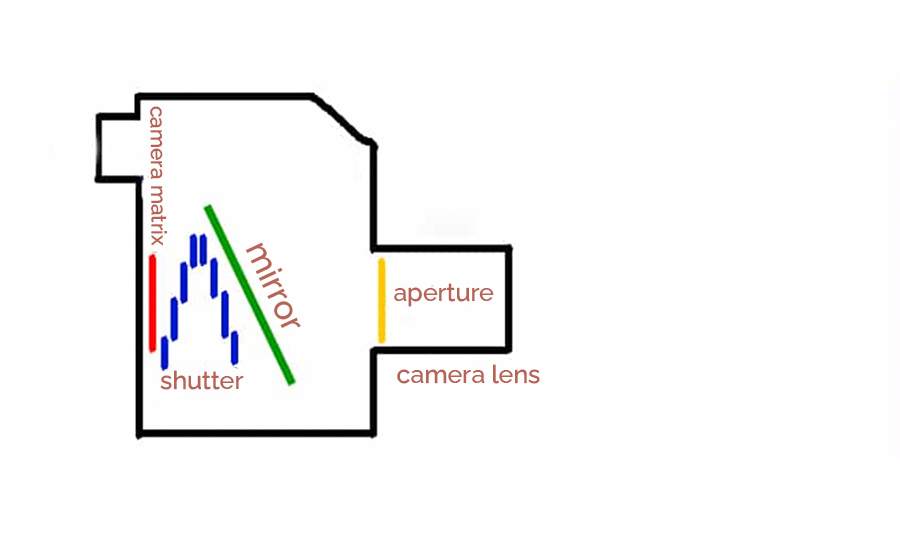
Put it differently, we could describe shutter speed as the duration the camera’s shutter stays open, letting in the amount of light needed to take photo.
Alongside aperture and ISO sensitivity, shutter speed in photography plays a crucial role in achieving the right exposure for your photo. When you adjust one of these components, consider how it impacts the other two. It’s essential to fine-tune all three elements to capture a well-lit shot. Mistakes in settings are common, especially when you’re new to photography, but it’s important to understand how each element affects exposure.
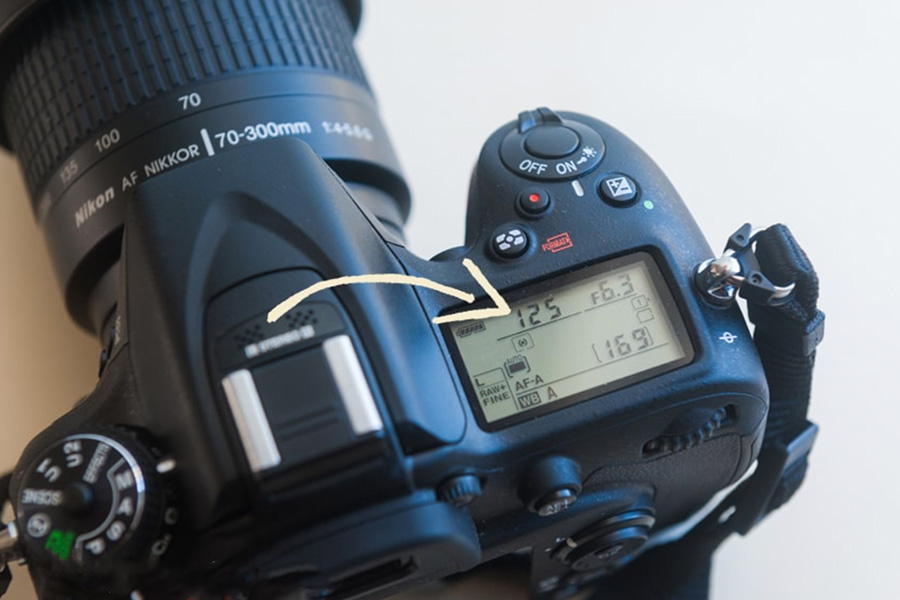
Understanding shutter speed in photography
1.Shutter speed, measured in seconds or even fractions of seconds, determines how long the camera’s shutter stays open. It’s categorized into short and long durations, with higher numbers indicating shorter shutter speeds. Below is a scale commonly found in modern cameras.
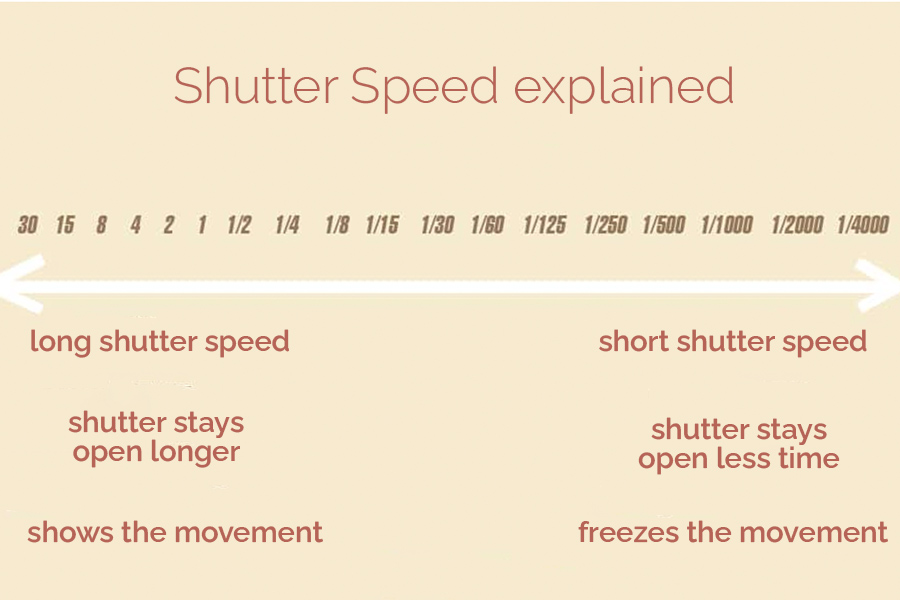
2. Manual exposure is indicated in cameras as “BULB.” This setting means the camera’s shutter will remain open for as long as the shutter button is held down.
3. If you want to control the shutter speed independently for each shot, you’ll need to choose the Shutter Priority shooting mode. In most cameras, this mode is indicated by the letter S, or you can opt for manual shooting mode, indicated by the letter M.



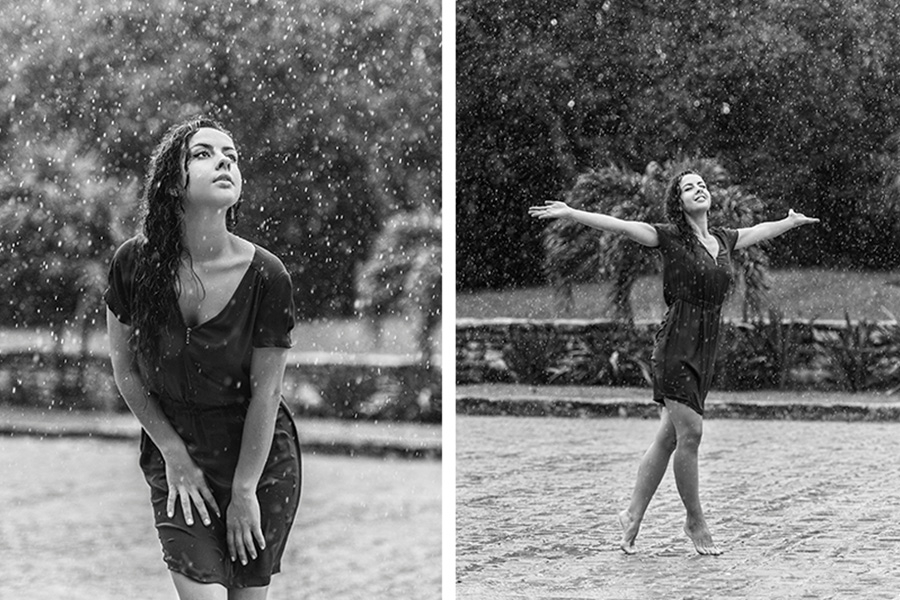
4. It’s important to note that shutter speeds of 1/60 and longer may cause blurring in your photos unless you use a tripod or another stable surface to support your camera. This is often referred to as “avoiding motion blur.” While many cameras come with built-in image stabilizers, using a tripod is still recommended for the best results.
5. You’ll need to use short shutter speeds of 1/250 second or faster to capture motion freeze in your photos. The exact speed depends on the subject you’re shooting. For instance, if you’re photographing water like a waterfall or falling drops, your shutter speed should ideally be around 1/500 second or quicker. It ultimately depends on your creative vision, intention, and how you want to portray the scene.
6. Long exposures are commonly employed in night photography, requiring a tripod for stability. You’ll want to set your shutter speed to 2 seconds or slower to create stunning effects like smooth lines from moving objects or capture the beauty of stars and street lights.
In low-light conditions, using longer shutter speeds (lower number) is better.

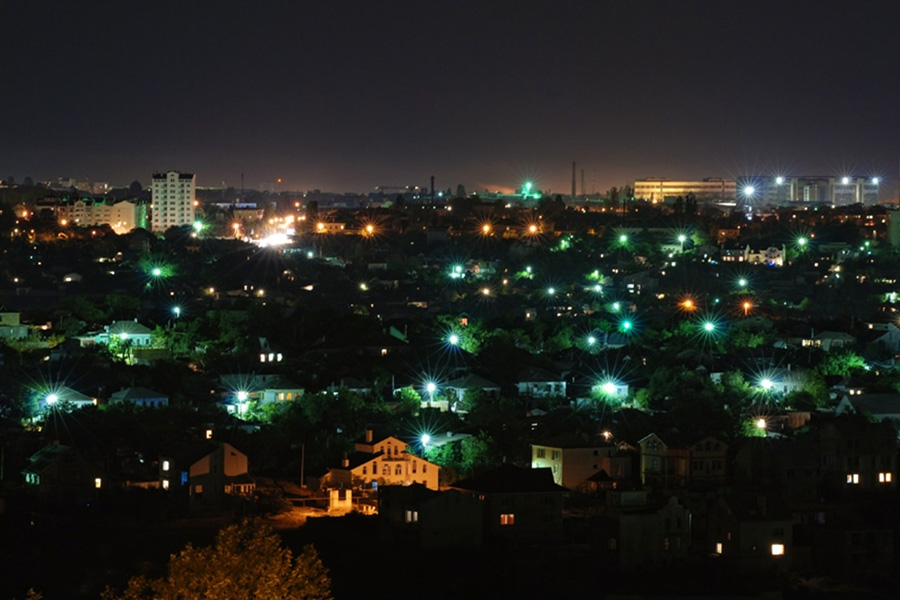
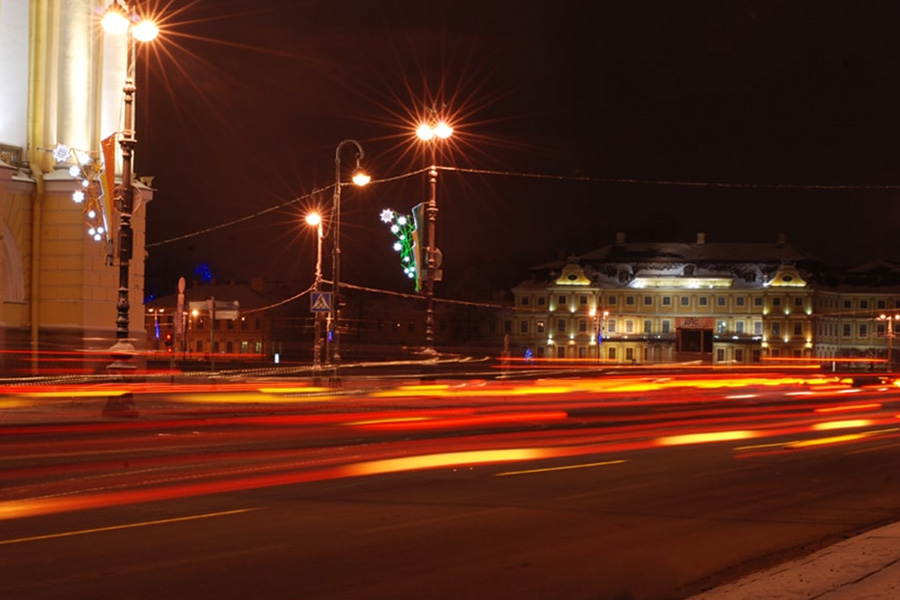
The connection Between Focal Length and Shutter Speed in Photography.
Simply put, the connection between camera shutter speed and focal length is simple: the longer the lens’s focal length, the faster the shutter speed should be to avoid potential blurring in the photo. A handy rule of thumb is to ensure that when shooting handheld, the denominator of the shutter speed is slightly larger than the lens’s focal length. For instance, with a 50 mm focal length, it’s advisable to set the shutter speed to 1/60, whereas with a 200 mm focal length, aim for 1/250.
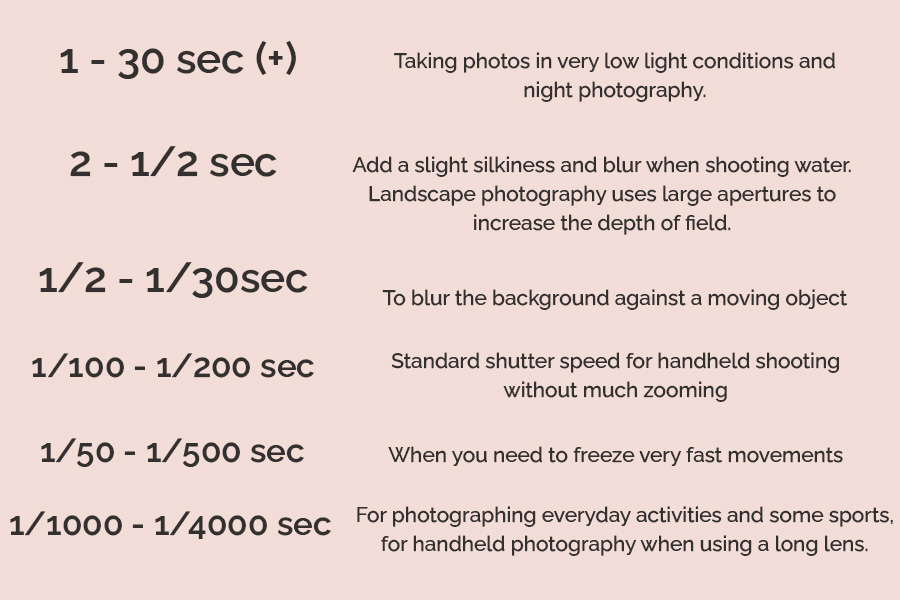
If you’re confident in your hand steadiness and strength, and you can hold a camera with a lens steady, then the earlier recommendation won’t be necessary for you. However, it’s always a good idea to check your photos on the camera screen if you’re shooting with short shutter speeds. This way, you can ensure that your masterpiece is clear unless you’re intentionally aiming for a blurred effect for creative purposes.

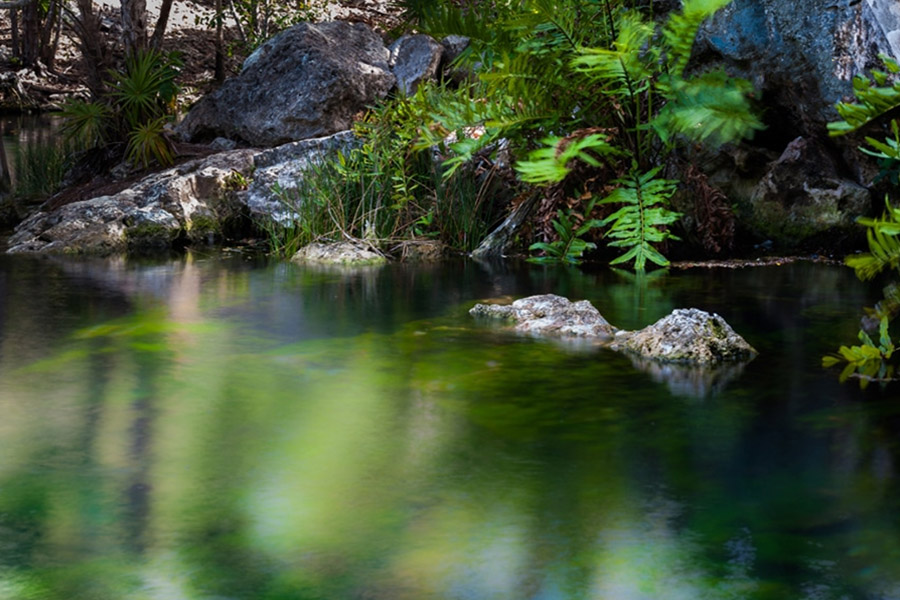
Unlocking the potential of your camera’s shutter speed is essential for capturing stunning photographs. Understanding how it works alongside aperture and sensitivity is key to achieving the perfect exposure. From freezing motion to creating captivating long exposures, mastering shutter speed opens up a world of creative possibilities in photography. So grab your camera, experiment with different settings, and unleash your creativity behind the lens.
*All pictures posted in this article were taken by ArsVie Photo Studio. You cannot copy or share these images without permission from ArsVie Photo Studio.
Stay inspired,
Elena Sullivan
Sharing is caring
Elena
Hi, there! I'm Elena Sullivan! The founder of the ArsVie photo studio, trilingual photographer, online educator, woman in business cheerleader. Capturing life's moments with authenticity and elegance to inspire others. Passionate about helping businesses convey their message through compelling imagery.

